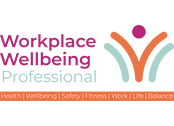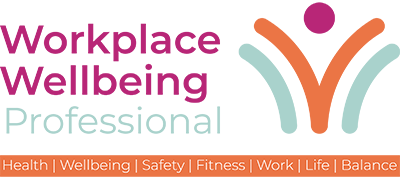In recent studies conducted by NEOMA Business School and insights shared by the World Health Organisation (WHO), the issues of workplace isolation and loneliness have emerged as critical challenges affecting remote and younger workers globally.
NEOMA Business School’s research, led by Dr. Agata Mirowska, highlights the concept of ‘techno isolation’ experienced by remote workers.
The study, based on in-depth interviews with employees and human resource directors at French companies, reveals that digital tools contribute to a sense of seclusion by hindering spontaneous interactions, the sharing of information, and the formation of quick problem-solving groups.
Workers described their roles as “difficult,” “frustrating,” and “boring,” reporting increased levels of fatigue, migraines, and eyesight problems. Mirowska emphasises the need for managers to recognise techno-isolation as a new type of stress and recommends providing technical training and support. The study also advocates for planning days where colleagues can gather on-site and encouraging in-person interactions when possible.
In conjunction with this, the World Health Organisation (WHO) recently declared loneliness a ‘global public health concern,’ equating its impact on health to smoking 15 cigarettes a day.
Nebel Crowhurst, Chief People Officer at Reward Gateway, emphasises the broader implications of loneliness, particularly for Gen Z in the workplace, commenting:
With the WHO declaring loneliness to be an extremely concerning global threat, one that affects physical health, it’s vital we protect the younger generations it typically impacts the most. In workspaces, nearly a third (32%) of Gen Z feel lonely, despite extensive social networks. This in turn creates negative domino effects, impacting productivity through increased leaves of absence and mental health days off.
Nebel Crowhurst, Chief People Officer at Reward Gateway
Crowhurst calls on business leaders to take active steps to create more inclusive and welcoming workplaces, especially for new, younger staff.
In response to these findings, employers are urged to recognise the multifaceted nature of workplace isolation and loneliness. It is crucial for organisations to implement measures that address both the technological and social aspects, including technical training and support, on-site gathering opportunities, and initiatives fostering a more inclusive work environment.
By acknowledging and actively combating these issues, employers can contribute to the well-being and productivity of their workforce.
Joanne is the editor for Workplace Wellbeing Professional and has a keen interest in promoting the safety and wellbeing of the global workforce. After earning a bachelor's degree in English literature and media studies, she taught English in China and Vietnam for two years. Before joining Work Well Pro, Joanne worked as a marketing coordinator for luxury property, where her responsibilities included blog writing, photography, and video creation.



